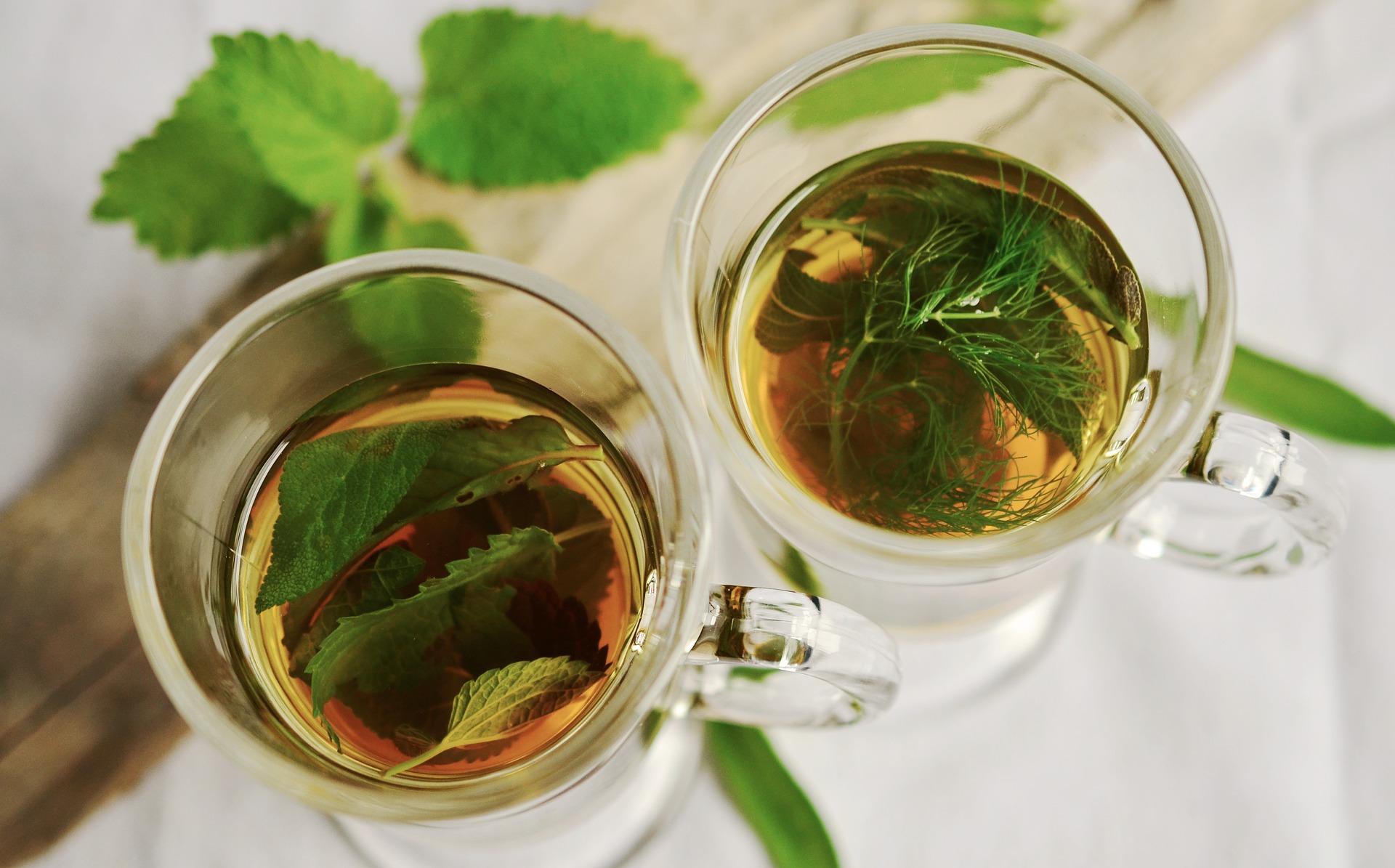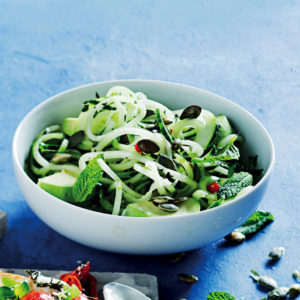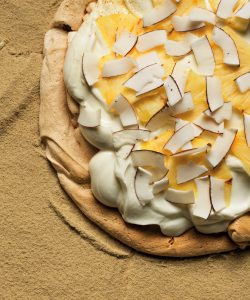There’s nothing better than indulging in a steaming cup of well-brewed tea. We take a look at some of the more imaginative varieties, beyond good old-fashioned black tea.
Tea is a traditional brew made from the leaves and buds of an evergreen shrub known as Camellia sinensis. There are two main varieties of Tea, one strain grows in China and Japan; the other in the Indian north-eastern province of Assam.
There are over 3000 different varieties of tea, each with their own distinctive taste and aroma. They can be classified according to the colour of the leaf or brew, their fragrance, or where they are grown. The most common way of classifying tea, is according to the level of oxidisation or fermentation of the particular strain.
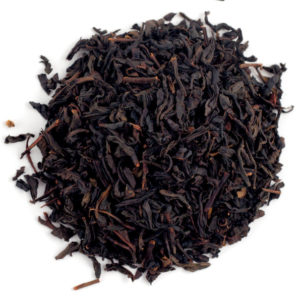
Black tea
Our regular, everyday tea (also known as ‘Ceylon’ tea, named after the area of Ceylon, where it is grown) is commonly referred to as ‘red tea’ in China, due to its rich colour. Black tea is made from tea leaves that are allowed to ferment and oxidise fully, before being dried.
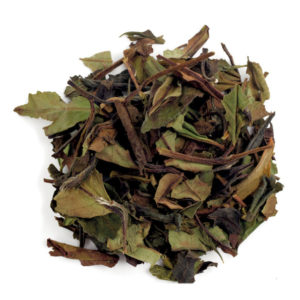
White tea
This is the most delicate and least processed variant of the tea family. It is made from the new buds and young leaves of the tea plant. These leaves are sun-dried for a very short period of time, before the oxidisation process begins. This brew is light, subtley favoured and naturally sweet.
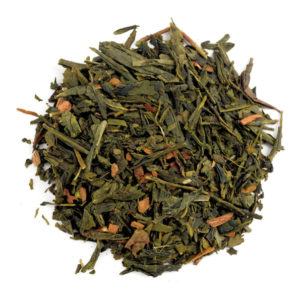
Green tea
These leaves are gently heated right after being picked, sealing in the antioxidants and retaining their bright green colour. Green tea has a distinctive flavour that deepens the longer it is brewed. Green tea is said to aid digestion, lower cholesterol and improve our brains’ cognitive functions!
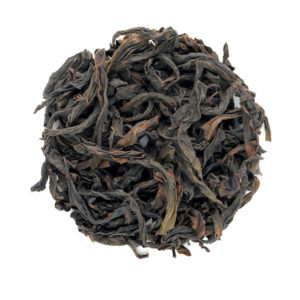
Oolong tea
Oolong tea leaves are carefully rolled after being picked, allowing for a slow and subtle oxidisation process which helps to develop this tea’s distinct fragrance. A daily cup of this earthy, sweet tea is said to have numerous health benefits, from aiding weight-loss to helping reduce stress.
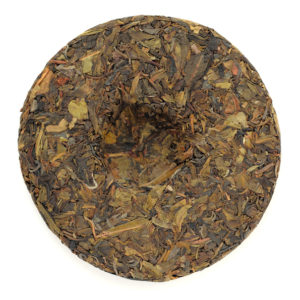
Pu-erh tea
This tea is traditionally grown in the Yunnan province of China, and named after Pu’er City. To make pu-erh, tea leaves are aged and undergo an extensive fermentation process. The result is a dark and distinctly flavoured brew with many potential health benefits. It is sold compressed into cakes or blocks.

